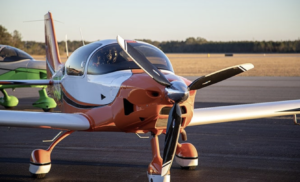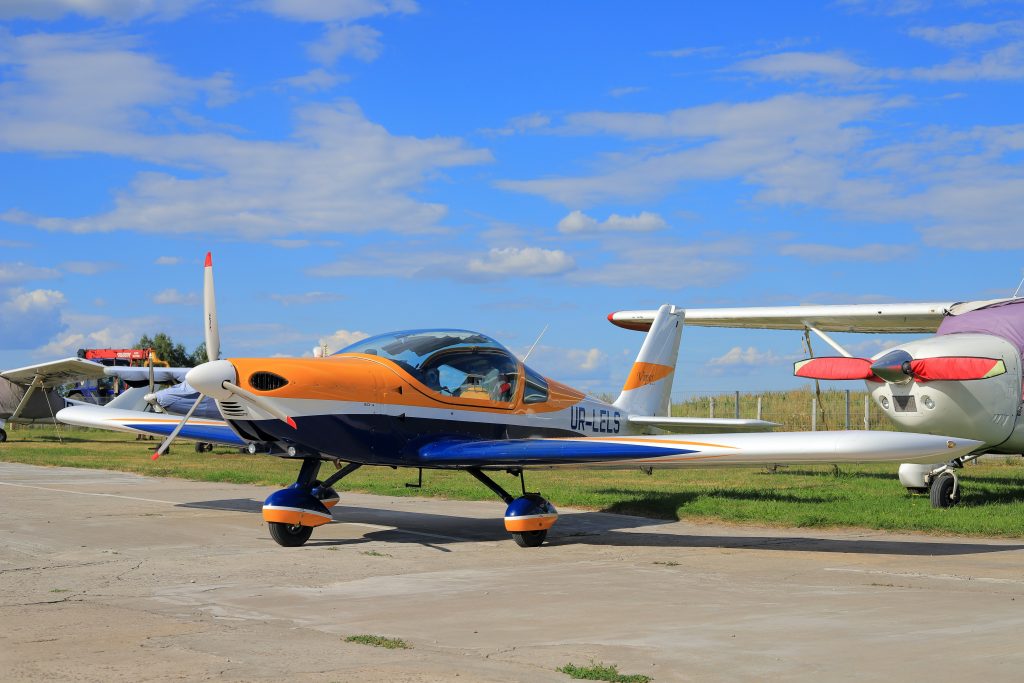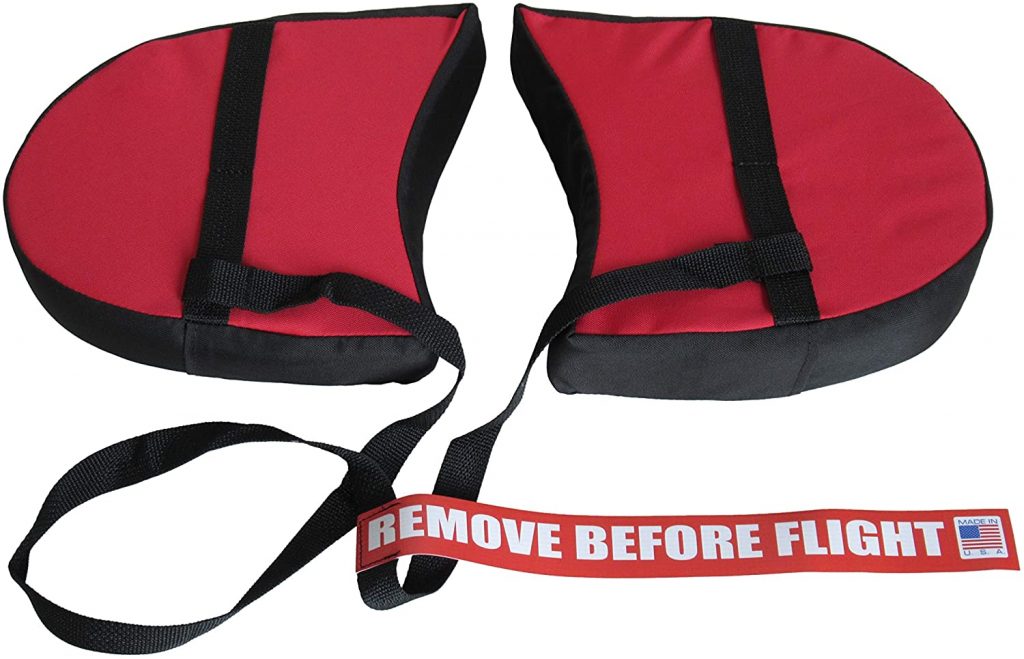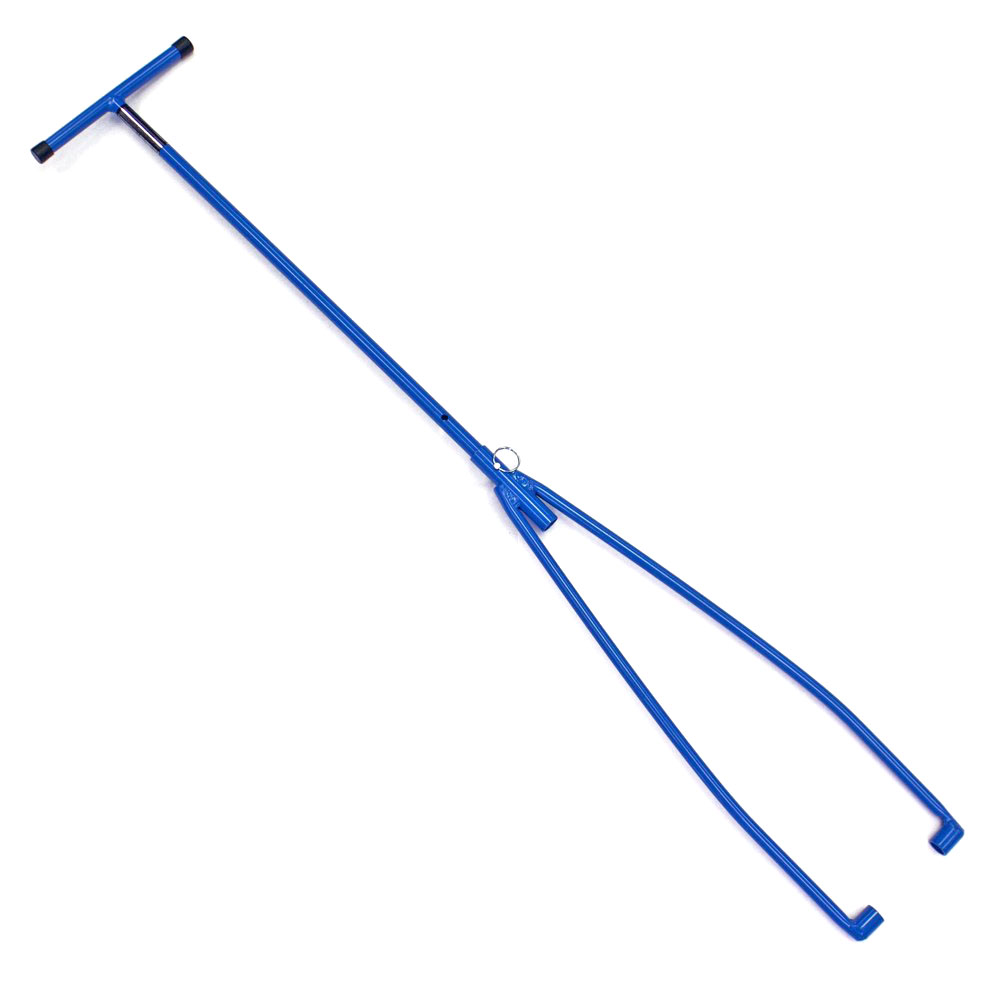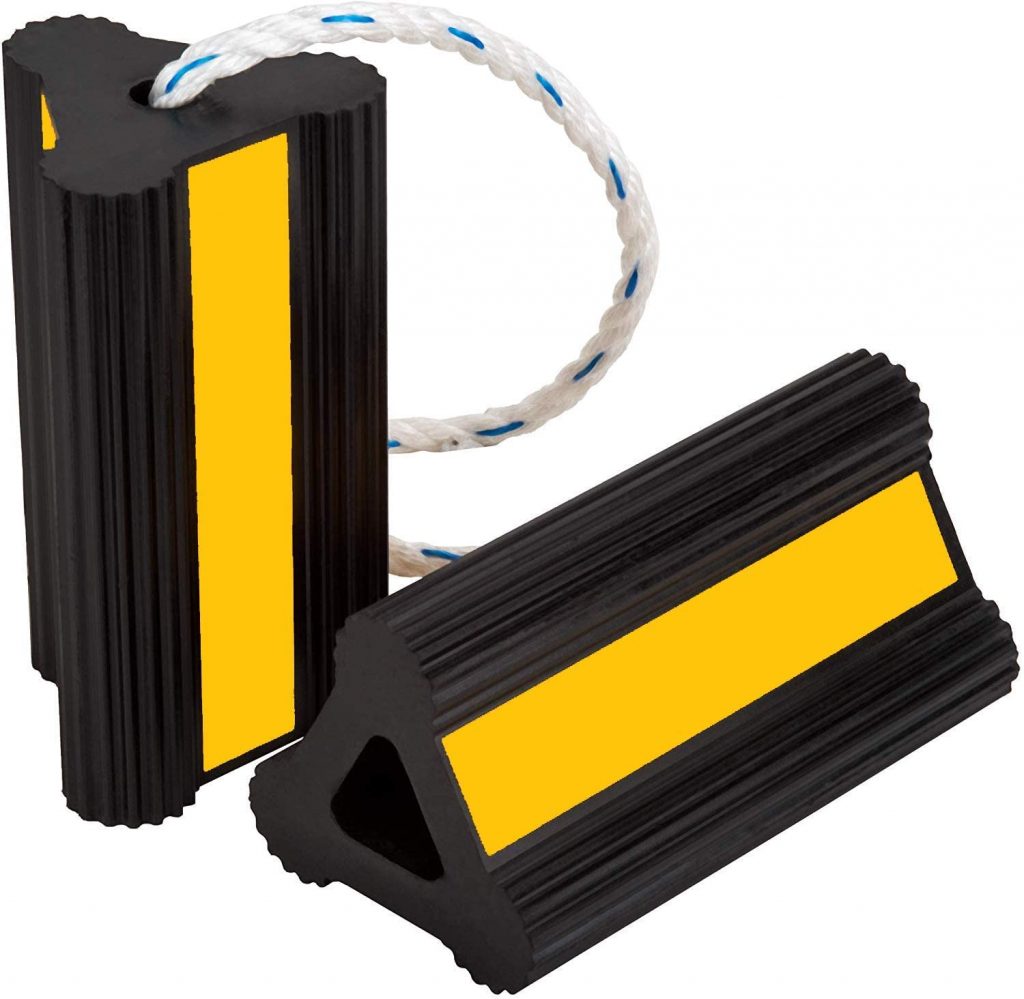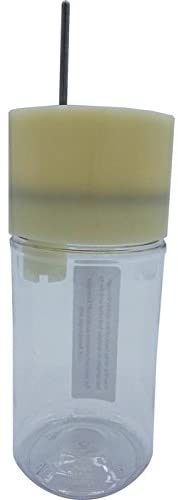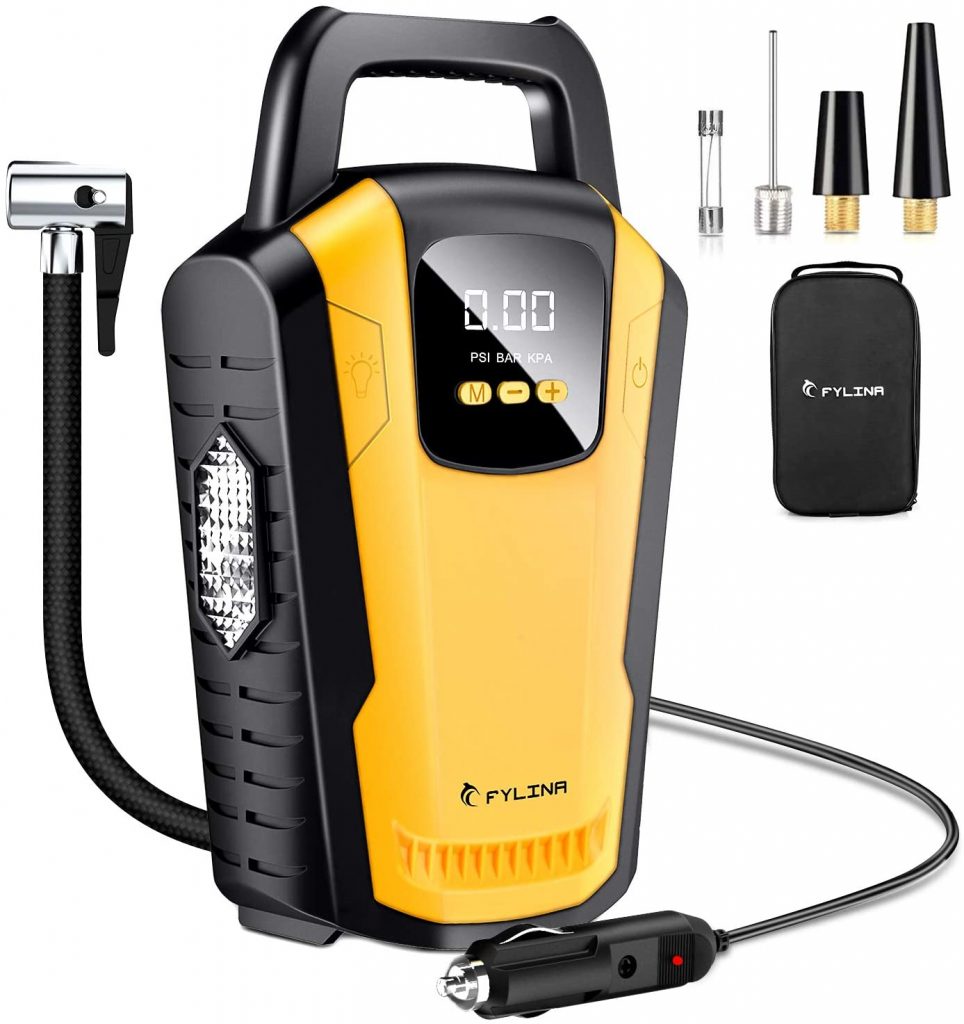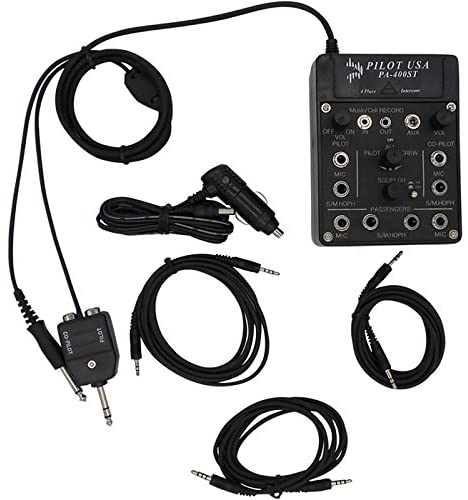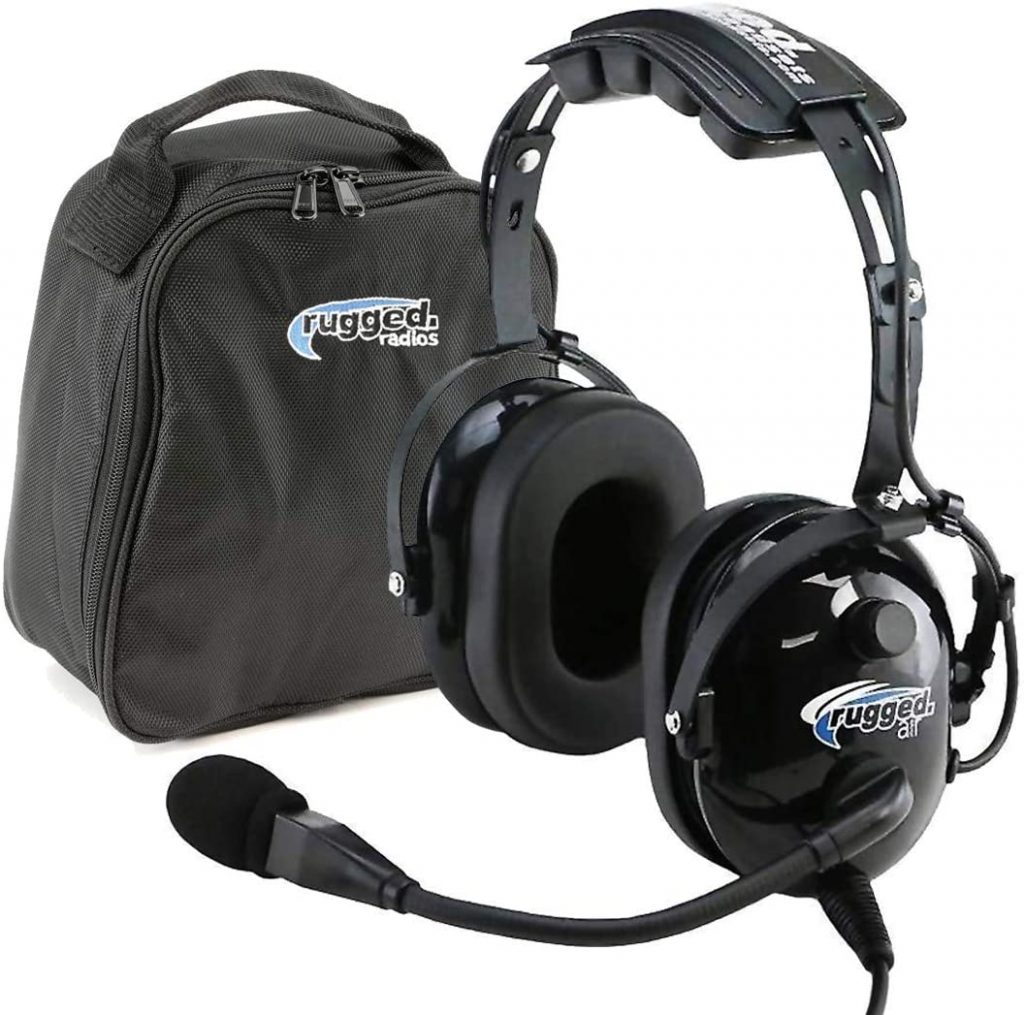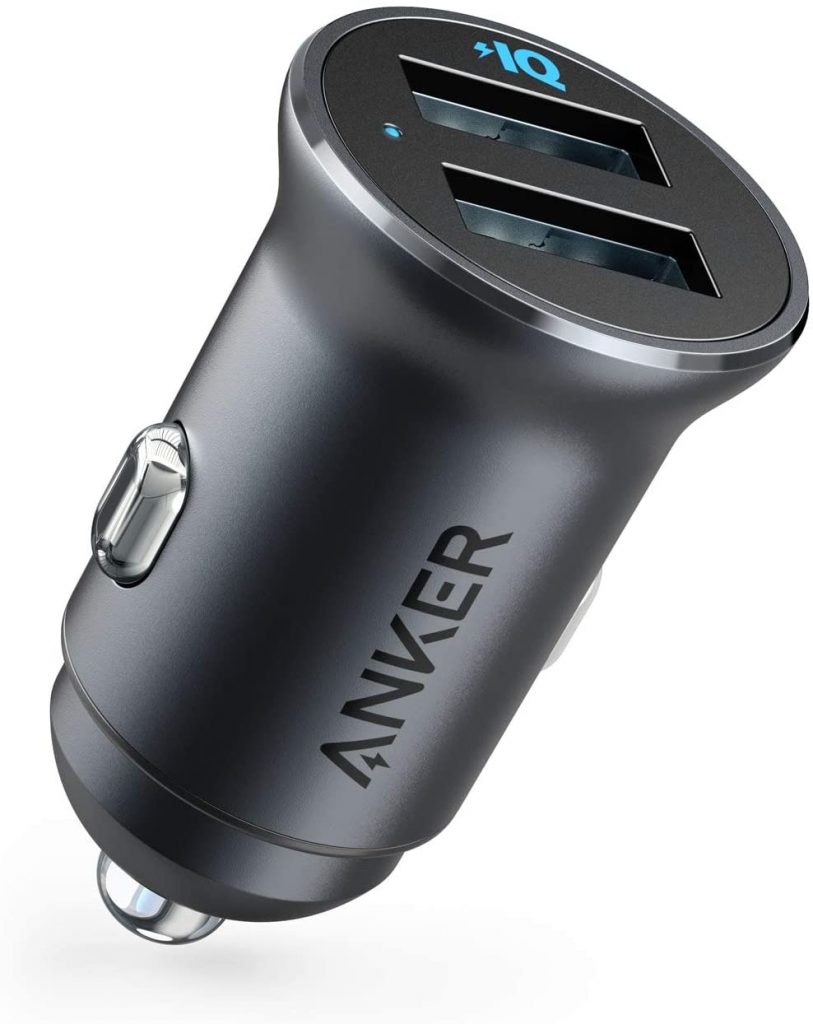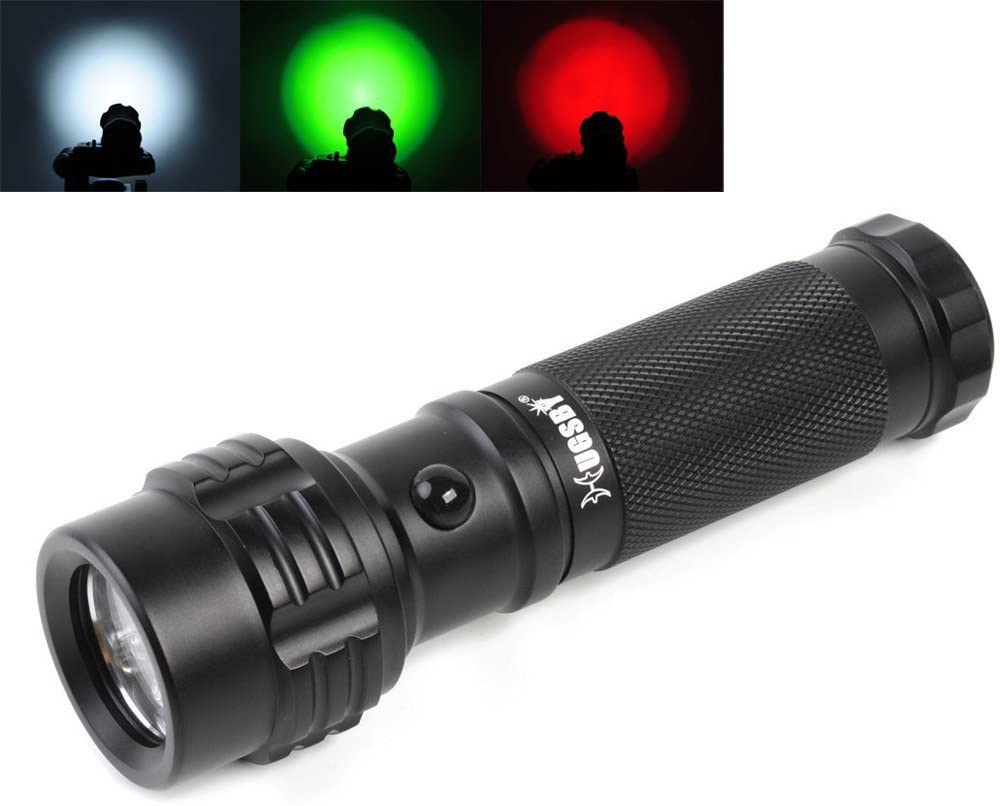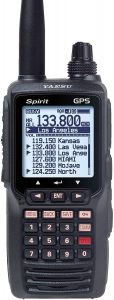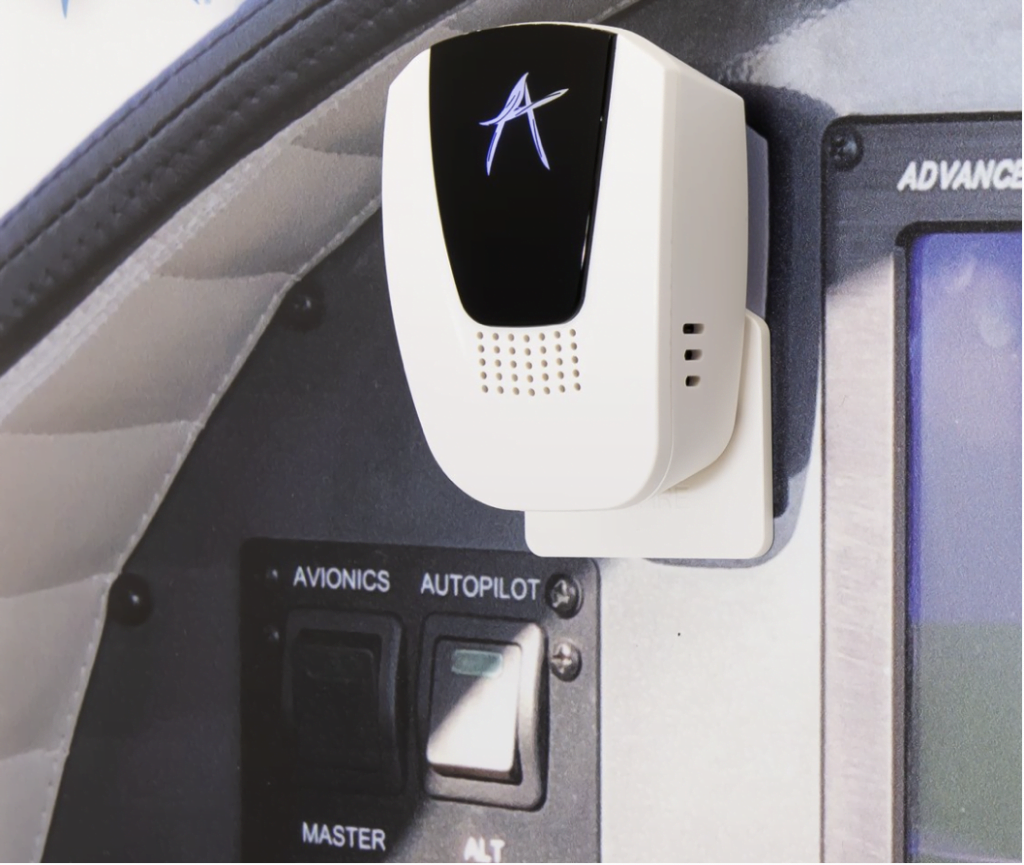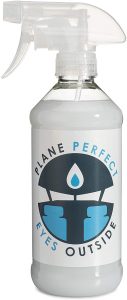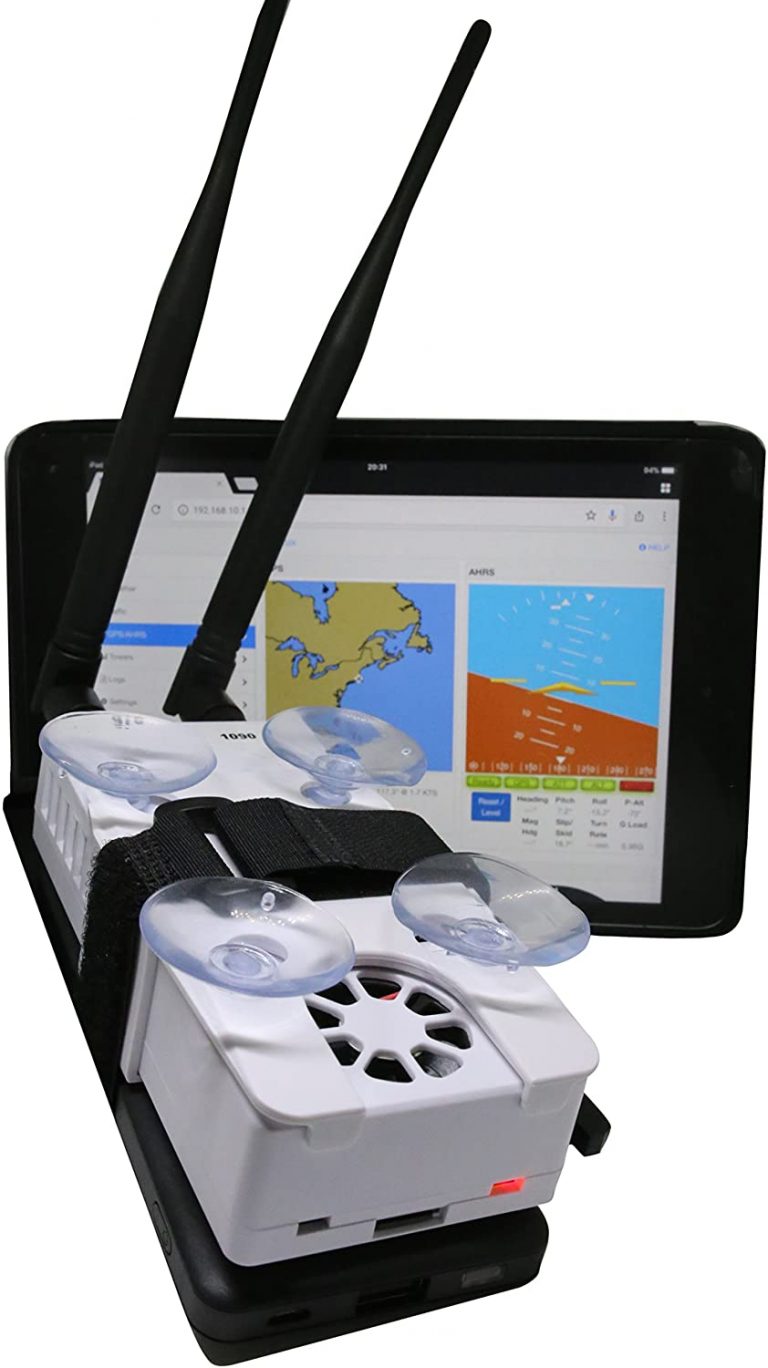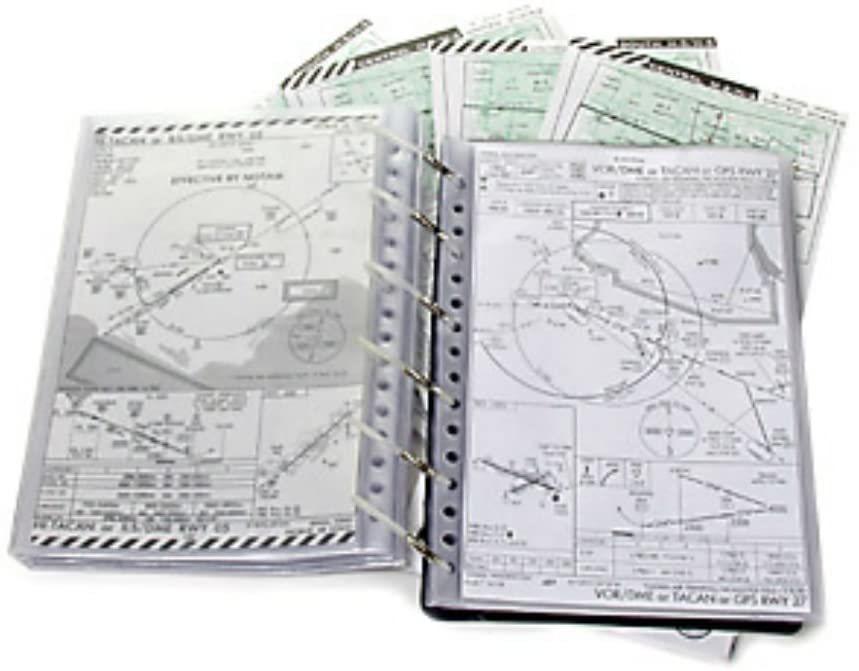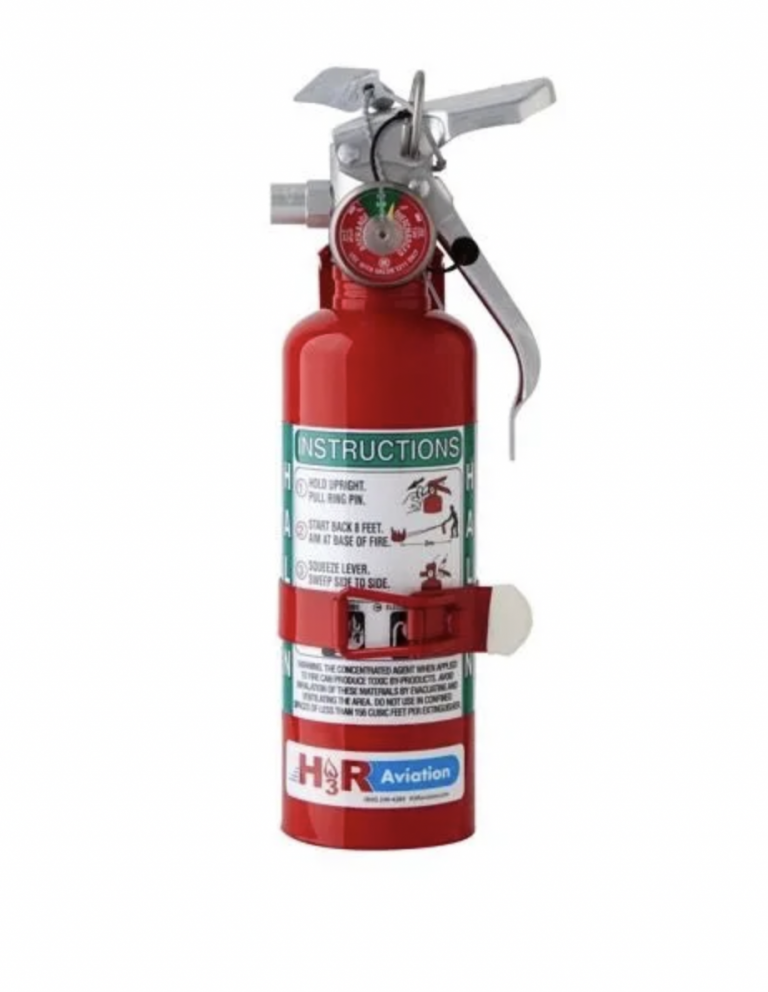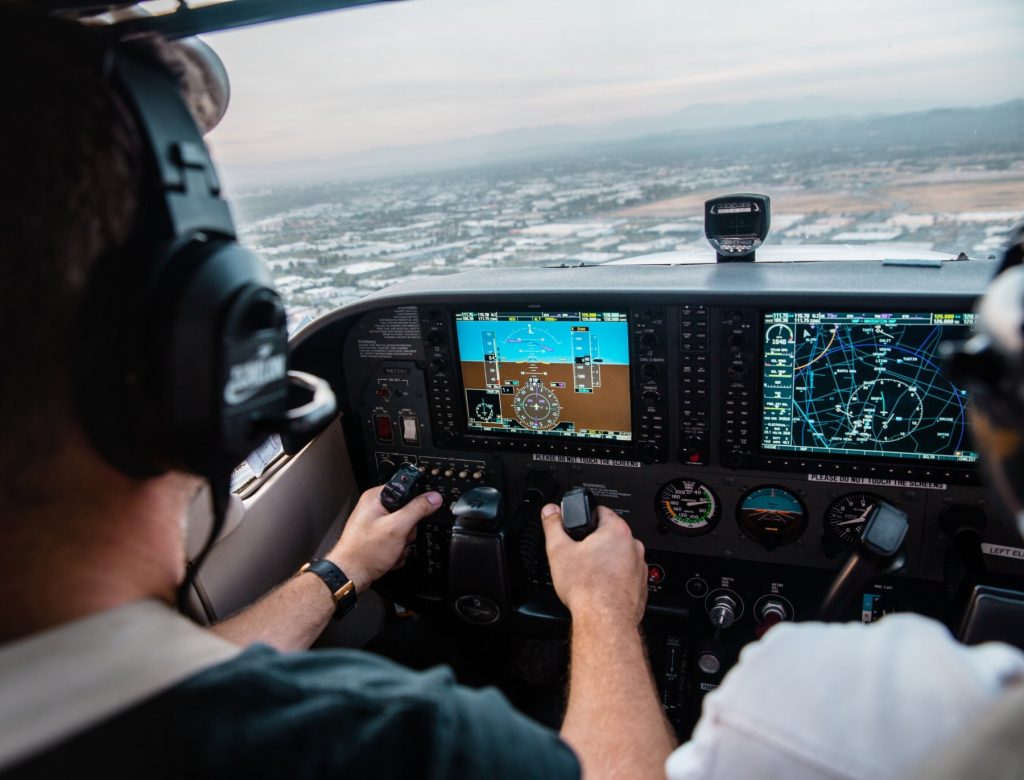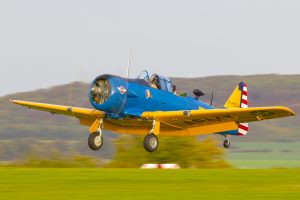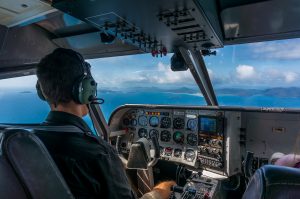We all know how important chocks can be. Aircraft are ‘lighter than air’ and with a small wind you can often find them moving on their own. It’s important to make sure you have a good, quality set of chocks for your aircraft. This ensures that they aircraft stays put no matter the position or environment that it is in.
Of course, there are chocks at an FBO, however, you don’t want to find yourself in a situation where there are no more chocks around for your aircraft.
The chock we suggested is a rubber chock, not a wooden one. We find that over time wooden chocks can get flimsy and can break apart often leading to sharp points. Rubber chocks tend to last a bit longer and keep their quality. In addition, the worst nightmare is having a splint from a wooden chock piercing your aircraft tire, very rare, but it has happened on occasion.
These chocks come with a heavy-duty rope in between ensuring that they stay connected for the lifetime of the product. We highly suggest you get two for both main tires of your aircraft to ensure stability in all conditions.
